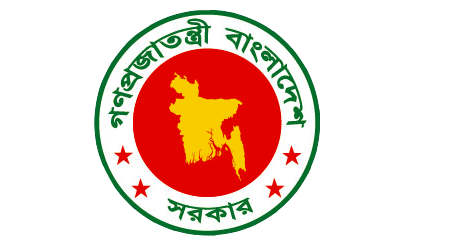This report addresses the recent dynamics of poverty in rural Bangladesh with particular focus on two groups of the poorest – the chronically poor and the extreme poor – based on the 64-village census plus survey conducted under the Programme for Research on Chronic Poverty in Bangladesh (Phase II). In doing so, it uses perception-based criteria to ascertain the current poverty rates that include subjective measurements of both extreme and chronic poverty at the aggregate level. Using the same criteria, the trajectories into and out of poverty are also outlined. A more detailed explanation of these changes is provided through an analysis of the nature and extent of divergence in the basic household characteristics across the continuum of poverty status, using the ‘food availability throughout the year’ criterion. Based on the above analysis, the report attempts to capture some dynamics and proximate causes of poverty amongst the rural poorest; and finally, summarizes the ensuing implications for policy. Additionally, the report also presents an analysis on divisional variations in terms of some household characteristics.
Based on the food availability criterion, the report observes that there are some degree of mobility between the poor and non-poor and this mobility occurs in both directions. It also claims that a large majority of the extreme poor is found to be locked in their current state of poverty for over generations. The conditions of having fewer earners, poor asset base, limited access to credit and infrastructure, frequent encounters with composite shocks, etc., were mainly found to drive a significant segment of the rural population into severe and long-term poverty.
Click on the image to view



